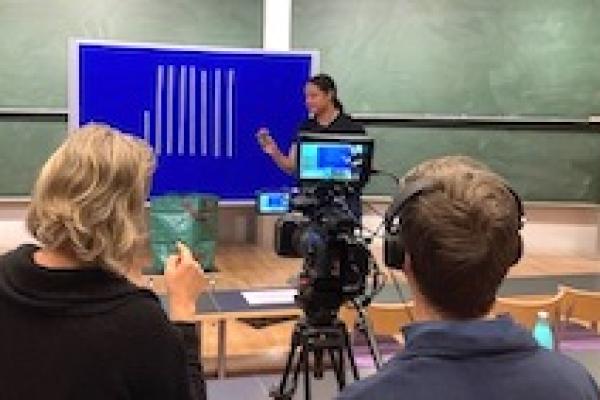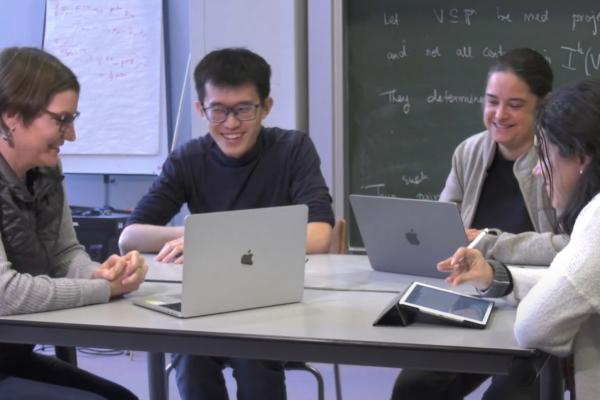
It's all connected – climate change and the spread of diseases
We know climate change can impact our lives through weather events and food security, but it can also impact on the spread of diseases. We talk to Helena Stage from the University of Bristol to find out more.












